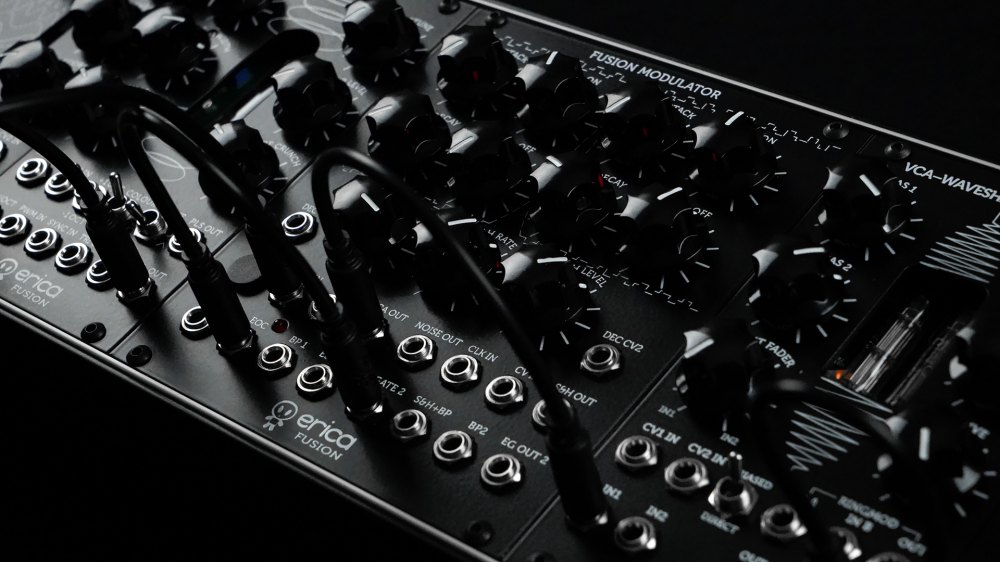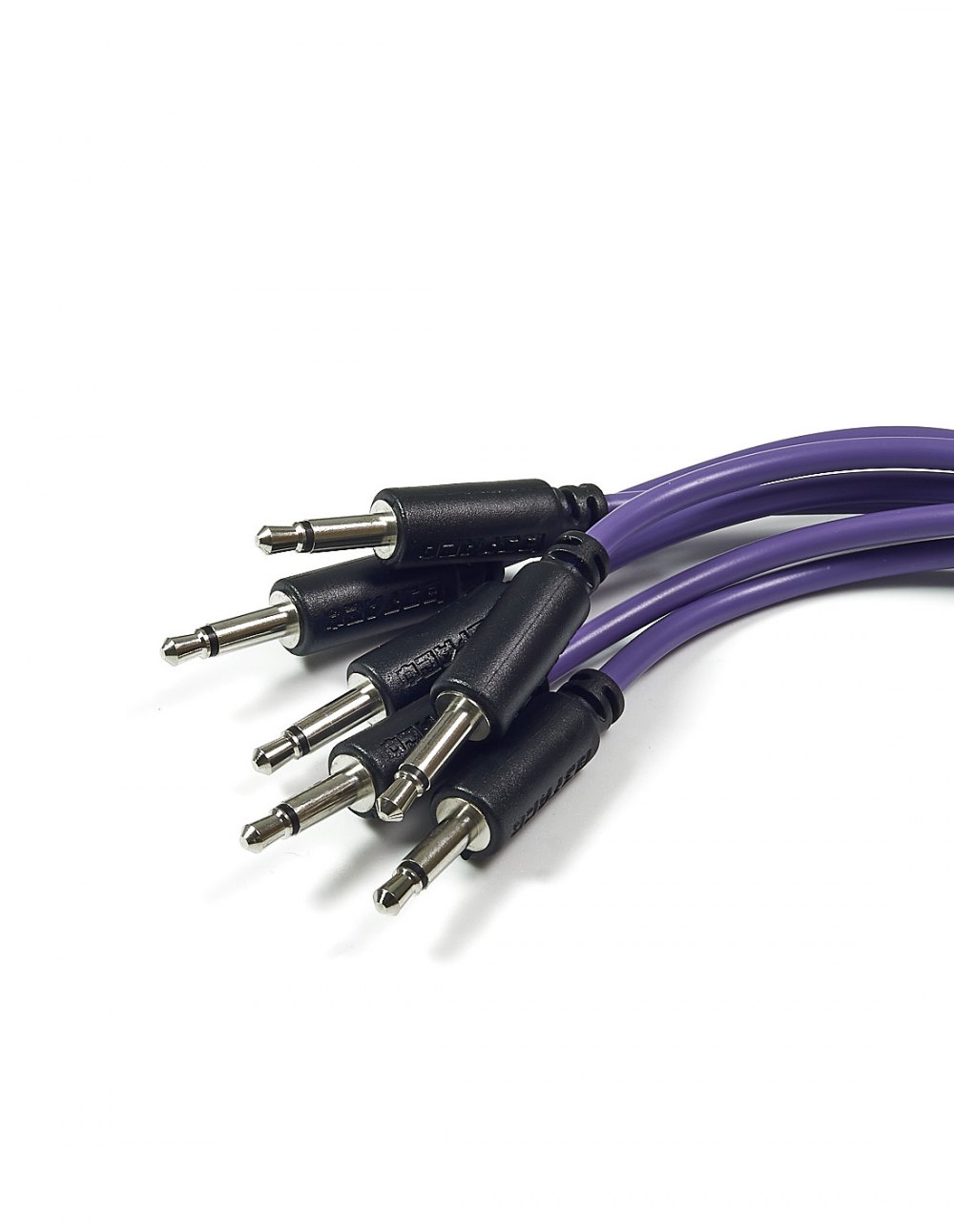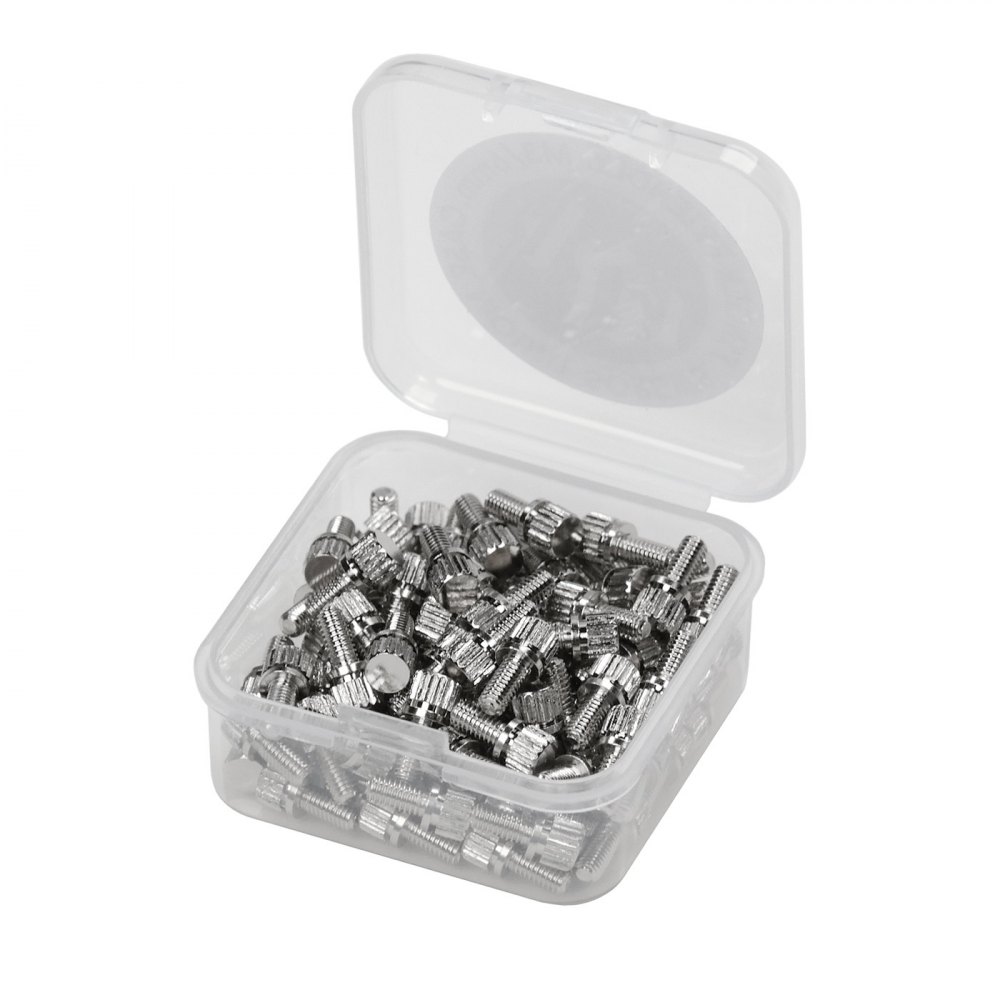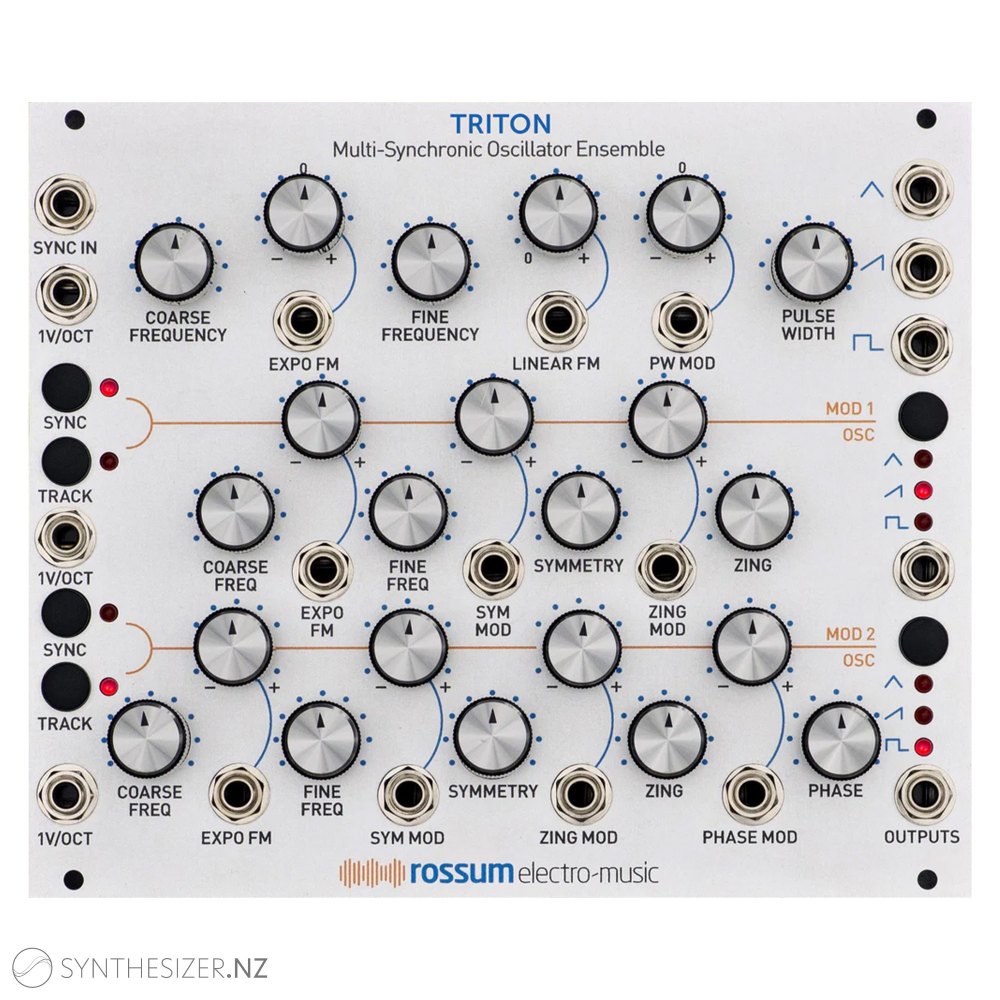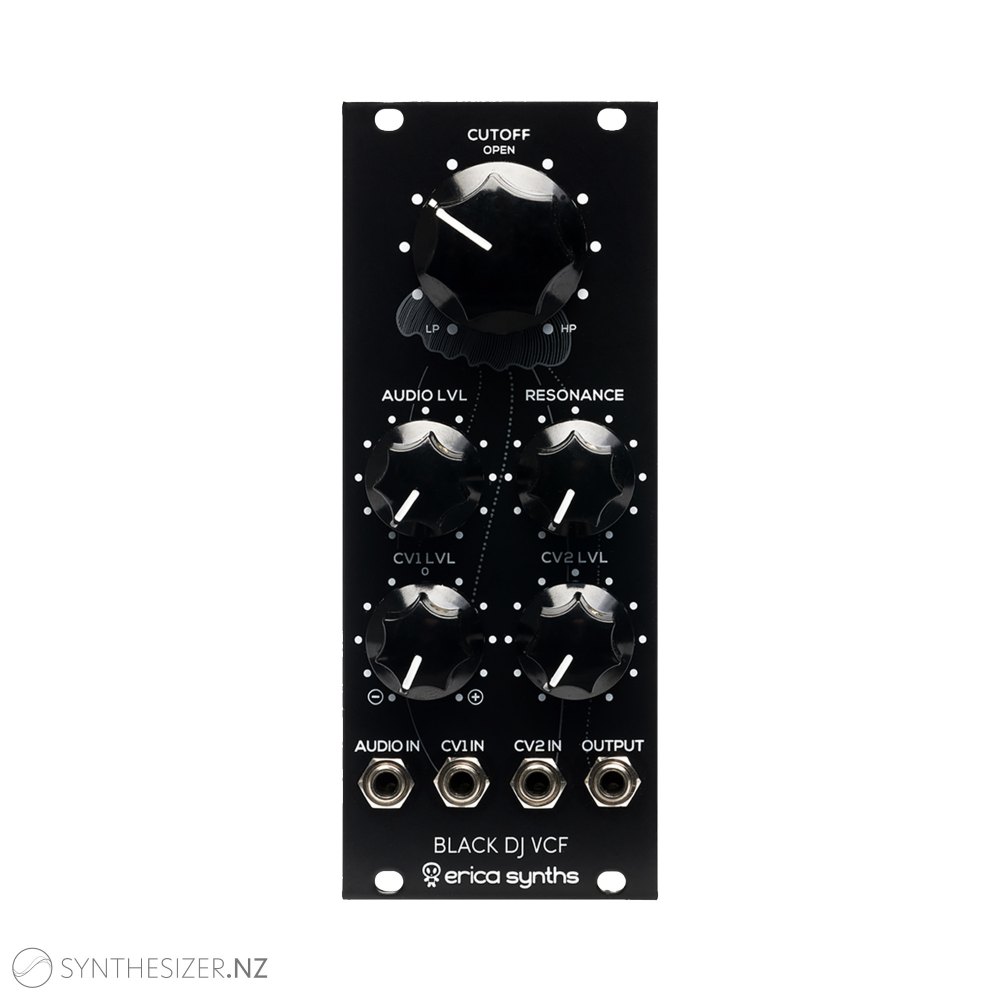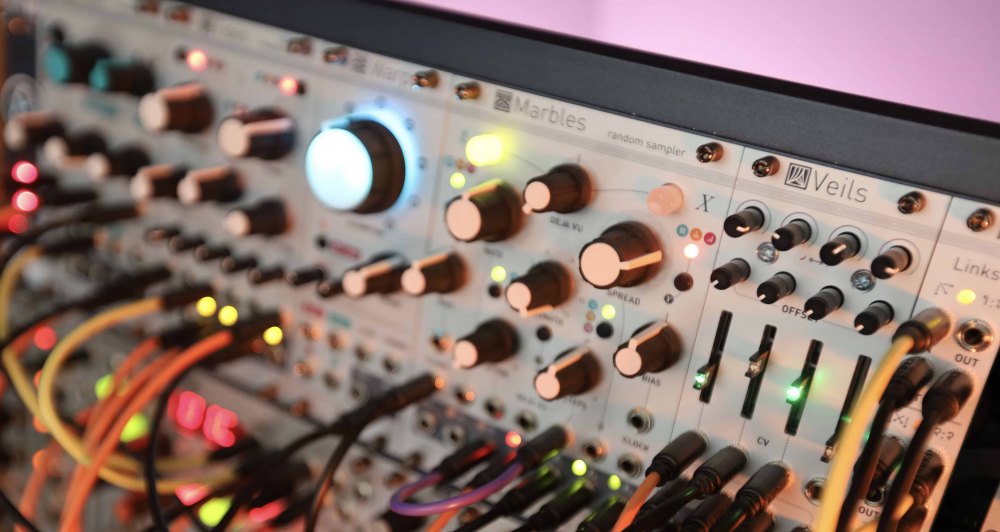
An Introduction to Modular Synthesis
So you’re interested in exploring modular synthesis, great! To have the most helpful perspective, think about eurorack as the construction of a new, totally personalised instrument - it can be whatever you want it to be. This is both powerful and daunting. Where should you start? How should you think about the many choices you need to make? Our hope is this article will serve as a useful guide for your journey.
Because eurorack can be many things to many people, later in this article we’ll describe some personas and the rack most appropriate for what they aim to use it for. If a specific persona resonates with you, great, but you may find you’re a combination of two or three personas. We’ll describe the rationale for a rack and how it meets their needs so you can get a sense of how you might build your instrument.
But first, let’s get a broad sense of the types of things we’ll be considering. With thousands of modules to choose from, what are the main categories and their purpose? As you may have read in the Modular 101 article we work with two types of signals: those within the audible spectrum (audio rate) that we can send to speakers and hear and those below the audible spectrum (control voltage) that we use to control things. And yes, because there are no rules in modular synthesis, it’s not uncommon to use audio rate signals as CV. So what are the broad categories?
The Basics
Eurorack cases
The case is the enclosure that holds your modules. There are lots of sizes and they come in rows from 1 to many. When starting out, your case only needs one or two rows.
Eurorack, the most common standard for modular synthesis today, uses rows that are 3U in height (1 rack Unit = 4.45mm x 3 = 13.35mm).
The width of the case (and individual modules) are measured in HP (horizontal pitch) 1HP is 5.08mm. Naturally, the wider the case, the more modules it can hold.
We normally would recommend a decent size case, the era of 'the bigger the better' is over and some people actually opt for a micro system nowadays. We have a selection of smaller and larger Eurorack cases or even a mountable 19" Eurorack rails called the TipTop Audio Happy Ending Kit that fits in your standard studio furniture.
Power & Output
Power for the modules is either built into the case or provided by a power module.
Different eurorack modules have different power requirements so it’s important to make sure you have enough. If your case provides power, you will most likely have enough. If you use a power module, it will list its power requirements. You can find some options here, but we’ll come back to this in our example racks below.
The output module translates the modular signals that are too high of a voltage for most audio equipment to line level signals suitable for your audio interface and speakers. These modules provide one or more stereo inputs and outputs and a volume knob. There are a number of output modules in this list
Patch Cables
Patch cables route audio and control signals between modules. They come in various lengths with 3.5mm male mono jacks on each end. They aren’t the most exciting purchase, but at least the shorter ones are cheaper, which is all you need when starting out.
Some brands selling patch cables follow the Doepfer standard, this means that they are color coded by length. Other patch cables have a specific color available in multiple lengths. Whatever system you choose to go with, we do think patch cables are something to do right from the start as we all like a tidy rack full of patch cables.
If you ever feel the need to hang and organise your patch cables, we have a variety of options such as the Erica Synths cable hanger, which can turn your studio into a sophisticated place without too much spaghetti lying around.
Screws
These save you time by allowing you to move modules in and out of your rack without the need for separate tools. They include a nylon washer to protect your modules from “rack rash”, scratches caused by screws, which keeps your module’s resale value higher.
The ALM Busy circuits case mount screws displayed here are another great option as they provide similar results but are a cheaper alternative, more bang for the buck.
Types of Modules
Modules create and alter the two types of signals we’re working with, audio and control. While it’s common for a single module to combine some of these capabilities, these categories map nicely to the needs of specific personas.
Generate Audio Signals
These are your voices - the beginning of the audio signal. Here are some options:
VCOs (voltage controlled oscillators) are a very common type of voice, but they may use many different types of synthesis. Ultimately, a VCO aims to give you control over the fundamental pitch and its harmonics. Here are some examples, or alternatively click here to see all oscillators that we have in store:
A traditional VCO will give you one or more wave shapes (sine, triangle, square, etc.) combined with additional features, such as with the Instruō Tš-L.
FM (frequency modulation) combines multiple signals together in interesting ways to generate rich harmonics as evidenced in the 4MS Ensemble Oscillator.
Wavetable synthesis scans over multiple single-cycle complex waveforms, which is how the Erica Synths Black Wavetable VCO works.
Samplers play back audio material that it either recorded itself or read from a file (usually in wav format). They give you a lot of control over how they play back that material (e.g. one-shot, looping, granular, reverse, etc) and many other parameters. This list of sampling modules has many of the most popular choices.
Filters are typically used to alter a signal as we’ll see in the next section. But most filters have a resonance control that, when set past a specific threshold, will begin to self-oscillate and generate a tone that you can use as a voice. When looking through some of the filters in this list, be sure to note which of them mention “self resonate/oscillate”.
Noise is an important component in a lot of percussion and drones. It’s a source of very rich material that sounds great through the effects we’ll cover in the next section. Check out this list of noise modules.

